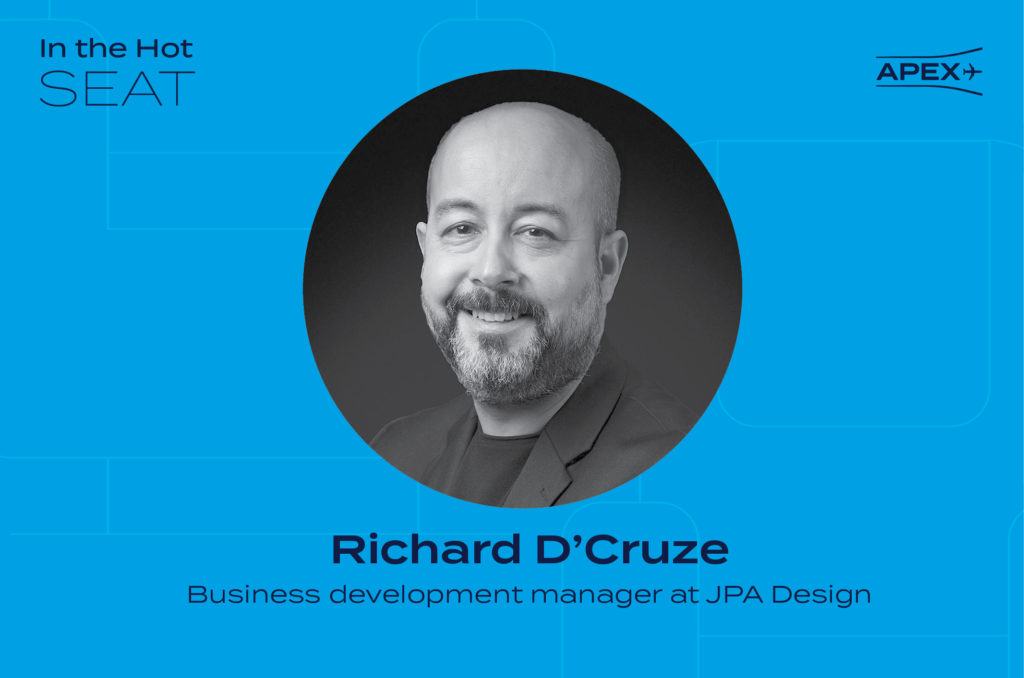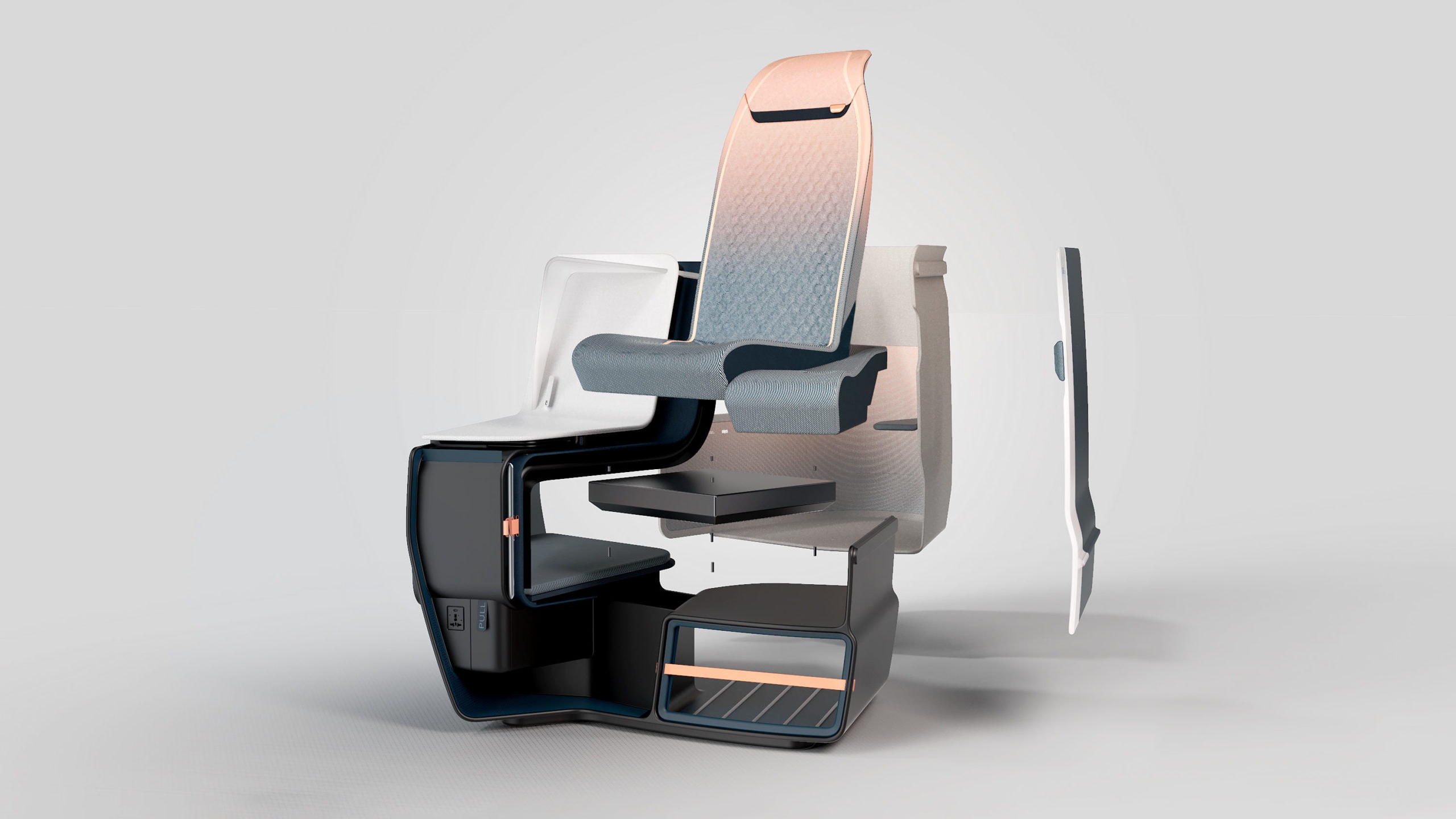Opinion: Innovation Needed for Premium Narrow-body Products Imminently
Share

Richard D’Cruze is business development manager at JPA Design, a firm that specialises in “mastering spaces” in the travel and hospitality sectors using cutting-edge materials and technologies. His career in aviation spans over 30 years, and includes working with British Airways to develop new aircraft cabin interiors as part of the customer experience team. He’s of the opinion that:
There’s going to be a slowdown in the market for wide-body aircraft as airlines shift their strategy towards narrow-body fleets operating over longer ranges. This will finally create the need for innovation in premium narrow-body product offerings that the market has been crying out for.
Richard D’Cruze, JPA Design
You talk about a slowdown in the market for wide-body aircraft. Do you see this as a permanent trend or something that will change as the pandemic fades into memory?
Data from IATA currently predicts a return of air travel to pre-COVID-19 levels from 2024, with the leisure market picking up before business travel. There is pent-up demand, and when this starts to materialize we will see wide-bodies making a return. However, the fact that airlines have invested in premium-equipped narrow-bodies will mean they continue to be flown on select routes where they can offer better economics, especially routes where competition is low. We will also start to see wide-bodies operating on shorter routes as airlines look to optimize schedules, slots and aircraft utilization.

What does this mean for single-aisle cabin design in the short- and long-term?
As with any customer product change, quick time to market is what airlines want, so in the short-term we are seeing short-haul adaptations of long-haul business class products as a stop-gap. Longer term, we will see seats that are more spatially efficient developed for narrow-body airframes.
Prior to the pandemic, there was much focus on single-aisle business class configurations. Is this still the case or have requirements shifted?
Definitely – this is still considered the new battleground for many airlines and is the market sector that many seating vendors are focusing on. We are already seeing evidence of this with announcements from the likes of Stelia, Adient and Aviointeriors, whose latest products are all lie-flat business-class seats specifically for narrow-bodies.
We are currently working on two narrow-body business-class concepts for airlines with more in the pipeline, which is a clear indication of the demand in this segment of the market.

The market is crying out for innovation, yes, but airlines are cash-strapped and fighting for survival. Why should they be encouraged to maintain a focus on innovation regardless?
There have been many studies into what it’s best to focus on during a downturn. Quite rightly, many airlines have focussed on cash preservation, but there is evidence from a recent McKinsey report that companies who prioritize innovation today will be the ones to unlock post-crisis growth.
Our industry suffers from long lead-times for product change – development, certification and scheduling aircraft downtime all have an impact, so setting aside budget to start as early as possible, even during a downturn, means you are able to benefit from your investment faster, as soon as business returns.
What are some narrow-body cabin concepts from JPA that will best cater to airlines and passengers coming out of this crisis?
Right now, it’s obviously all about giving customers confidence that they’re in a hygienic environment. Our materials and finishes team are now working with a growing number of suppliers that are offering specialist antimicrobial finishes to inhibit the growth of bacteria. We offer a service to airlines whereby we work closely with their product teams and their seat vendor to apply these finishes to their existing products sympathetically – our aim is to incorporate positive change and avoid the ‘patchwork’ effect that can be evident after numerous minor interior upgrades.
One of the learnings from COVID-19 is that customers need to “see” hygiene. If a surface is dark with numerous crevices, it can raise concerns. We are starting to look at how colour palettes, as well as form, can impact a customer’s sense of hygiene. Our AIRTEK programme, which uses monocoque technology to reduce the amount of internal structure a seat requires, has the benefit of opening out the seating area to allow improved cleaning and permit customers to see more of the surrounding cabin area.
What are airlines telling you is most important to them right now?
Short time to market is key, but airlines also want to differentiate their products based on their customer’s requirements. Platform seats are great for faster rollouts, but not always as flexible as airlines would like when it comes to changes. This is where a design agency can help: Our understanding of industrial design allows us to work with seat vendors to push the boundaries of customization while minimizing the impact on the program timescales, a win-win for all.


